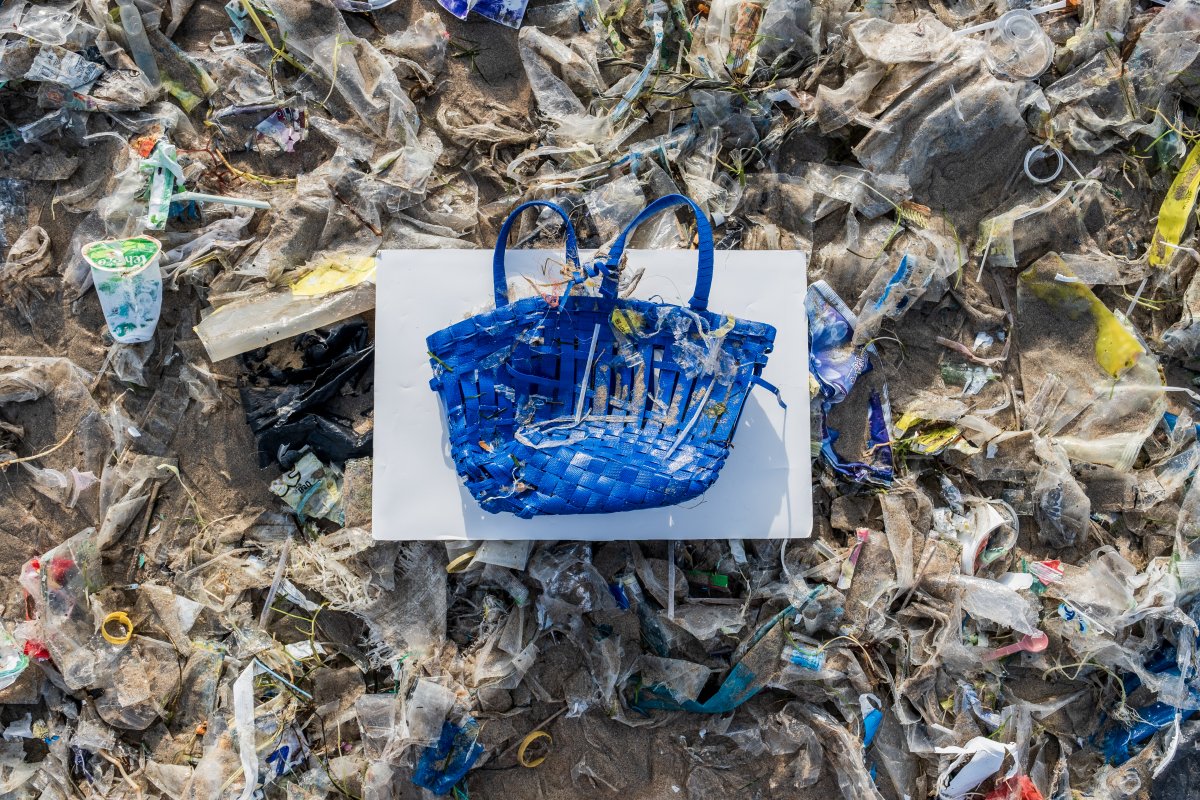Life finds a way — even amid a 620,000-square-mile pile of floating garbage.

In the past, coastal-bound sea creatures had been discovered living and reproducing in the Great Pacific Garbage Patch, a nearly 80,000-ton swath of plastic and debris floating in the ocean between California and Hawaii.
Now, a study published in the Nature Ecology & Evolution journal on Monday outlined the thriving ecosystems discovered on the Great Pacific Garbage Patch. Among barnacles, mollusks and sea anemones, researchers identified 484 marine invertebrates from 46 different species thriving amid the soupy garbage.
Between November 2018 and January 2019, the team of researchers — alongside Ocean Cleanup, a nonprofit environmental engineering organization — collected 105 pieces of floating debris, including buoys, nets, jugs and toothbrushes from the Patch. The various items were photographed and then frozen to be transported for study at the Smithsonian Environmental Research Center. There, researchers identified the plentiful signs of life.
The plastic pollution has seemingly created a new kind of floating ecosystem that is capable of sustaining life for creatures that typically cannot survive in the open ocean, where resources are poor and temperatures are extreme, researchers explained.
Most of the species would usually reside in coastal habitats but have migrated to the Great Pacific Garbage Patch for unknown reasons. Some may have arrived at the Great Pacific Garbage Patch as a result of the Great East Japan Tsunami of March 2011, which, by 2015, had carried at least 100,000 pieces of tsunami debris to North America.
The majority of the plastic found in the Patch comes from fishing industries, though between 10 and 20 per cent of the debris can be traced back to the 2011 Japan tsunami.
The Patch, though larger than Ontario, is not a solid island of plastic. Instead, the patch is an aqueous cluster of swirling material, from massive fishing nets and buoys to microplastics less than five millimetres long.
Also called the Pacific trash vortex, the Patch is bordered by a giant gyre, a large system of swirling ocean currents. The gyre pulls debris toward the stable centre area and traps it there.

“It was surprising to see how frequent the coastal species were. They were on 70 per cent of the debris that we found,” Linsey Haram, the Nature Ecology & Evolution study’s lead author, told CNN.
Haram said scientists do not yet fully understand the new ecosystem in the Patch. However, they do know the migrant species are now living alongside sea life that typically resides in the open ocean. Haram told The Atlantic some of the coastal anemones have been eating sea snails.
“There’s likely competition for space, because space is at a premium in the open ocean, there’s likely competition for food resources — but they may also be eating each other,” she said. “It’s hard to know exactly what’s going on, but we have seen evidence of some of the coastal anemones eating open ocean species, so we know there is some predation going on between the two communities.”
Amid the Patch, nature continues to find a way to press onward, but that doesn’t make the trash vortex a win. Much of the plastic in the Patch is not biodegradable and does not wear down over time. Instead, plastics continue to break apart and create microplastics, which can’t always be seen with the naked eye. Microplastics pollute the water and can carry a range of toxic chemicals, many of which are carcinogenic.
There is not yet an answer on how to clean up the Patch. The National Ocean and Atmospheric Administration’s Marine Debris Program has estimated it would take 67 ships using nets for about one year to clean up less than one per cent of the debris in the North Pacific Ocean.






Comments